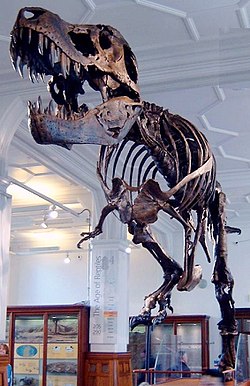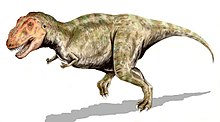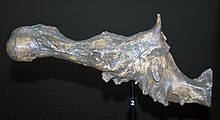Manchester - Hasil Imbang 2-2 Arsenal dengan West Bromwich Albion tidak membuat persaingan di Liga Primer mengendur, The Gunners tetap menjadi pesaing terberat Manchester United merengkuh mahkota juara
 Gol Dimitar Berbatov Ke gawang Bolton
Gol Dimitar Berbatov Ke gawang Bolton
The Gunners julukan Arsenal nyaris depermalukan West Bronwich Albion ( WBA ).
Beruntung Andrei Arsgavindan Robin Van Persie mampun menjebol gawang WBA dan menjadikan kedudukan 2-2. Dengan hasil ini Arsenal tetap menjadi penggangu setia MU di puncak klasemen Liga Primer. Hinggapekan ke-30. The Gunners terpaut dengan 5 point dengan The Red Devils Manchester United.
Disaat yang hanmpir besamaan . MU mampu mengemas poin sempurna setelah menjinakan Bolton Wanderers 1-0. Dimitar Berbatov menjadi pahlawan MU dengan menjebolkan gawang Bolton karena terjadi kesalahan dengan kiper Bolton yang tidak dapat menangkap tendangan Nani yang cukup keras itu, dan bola itu pun menjadi santapan Berbatov dan membawa kemenangan MU dengan hasil skor 1-0
Faktor Itulah yang membuat Arsitek MU Sir Alex Ferguson khawatir. Pelatih kebangsaan Scotland itu tahu betul Arsenal tidak akan menyerah hingga pertandingan terakhir Liga Primer, 22 Mei mendatang
Kecemasan Ferguson memang sangat masuk akal. walau unggul dengan 5 point , keuntungan berpihak pada Arsenal. Pasalnya, konsentrasi pasukan wenger sepenuhnya teruju kepada Liga Primer,
"Jadwal pertandinganyang akan dihadapi ( The Red Devils Vs The Gunners ) menjadi keuntungan bagi Arsenal," ujar wenger dilangsir Mirror Football
Sementara jadwal pertandingan di Liga Prmer yang harus dilakoni The Gunners dan The Red Devils cukup berimbang, Hanya pertandingan kontra Liverpool, Tottenham Hotspur, dan MU yang butuh persiapan ekstra bagi Arsenal. Sementara partai berat yang bakal dihadapi MU adalah Versus Chelsea, Arsenal, dan juga Everton.


HOT DUELS THE GUNNERS VS THE RED DEVILS
COMING UP !
Jack ~
The Gunners julukan Arsenal nyaris depermalukan West Bronwich Albion ( WBA ).
Beruntung Andrei Arsgavindan Robin Van Persie mampun menjebol gawang WBA dan menjadikan kedudukan 2-2. Dengan hasil ini Arsenal tetap menjadi penggangu setia MU di puncak klasemen Liga Primer. Hinggapekan ke-30. The Gunners terpaut dengan 5 point dengan The Red Devils Manchester United.
Disaat yang hanmpir besamaan . MU mampu mengemas poin sempurna setelah menjinakan Bolton Wanderers 1-0. Dimitar Berbatov menjadi pahlawan MU dengan menjebolkan gawang Bolton karena terjadi kesalahan dengan kiper Bolton yang tidak dapat menangkap tendangan Nani yang cukup keras itu, dan bola itu pun menjadi santapan Berbatov dan membawa kemenangan MU dengan hasil skor 1-0
Faktor Itulah yang membuat Arsitek MU Sir Alex Ferguson khawatir. Pelatih kebangsaan Scotland itu tahu betul Arsenal tidak akan menyerah hingga pertandingan terakhir Liga Primer, 22 Mei mendatang
Kecemasan Ferguson memang sangat masuk akal. walau unggul dengan 5 point , keuntungan berpihak pada Arsenal. Pasalnya, konsentrasi pasukan wenger sepenuhnya teruju kepada Liga Primer,
"Jadwal pertandinganyang akan dihadapi ( The Red Devils Vs The Gunners ) menjadi keuntungan bagi Arsenal," ujar wenger dilangsir Mirror Football
Sementara jadwal pertandingan di Liga Prmer yang harus dilakoni The Gunners dan The Red Devils cukup berimbang, Hanya pertandingan kontra Liverpool, Tottenham Hotspur, dan MU yang butuh persiapan ekstra bagi Arsenal. Sementara partai berat yang bakal dihadapi MU adalah Versus Chelsea, Arsenal, dan juga Everton.
HOT DUELS THE GUNNERS VS THE RED DEVILS
COMING UP !
Jack ~









































